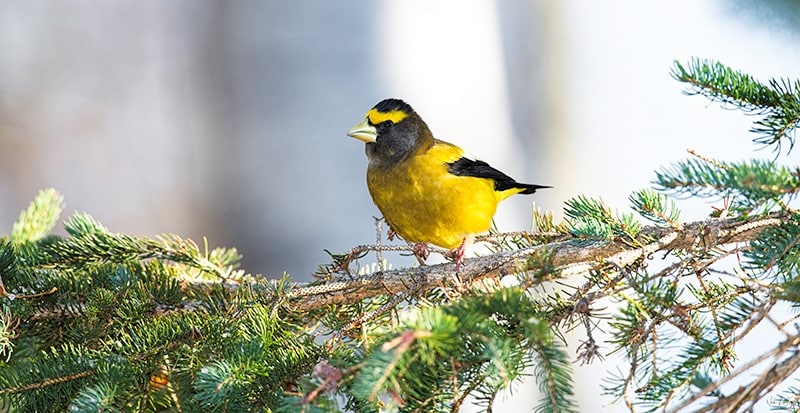
Welcome back to Through the Lens with Nick Leadley, our continuing series on wildlife photography. Read the rest of the series here, and see more of his work at Touch The Wild.
The leaves are down. Temperatures are slowly dropping. Perhaps a light dusting of snow is covering the yard.
Winter offers some great opportunities for bird photography. And you do not need to go far to find them. As Dorothy said in the Wizard of Oz: “There’s no place like home.”
With a little planning, it is not hard to set up your yard for winter bird photography. The key to the plan is not the presence but the placement of feeders. This allows the birds to land in areas that lend themselves to a good bird photograph.
There are a couple of things to consider when placing your feeders. The first is where the sun is located. Situate a feeder so the birds are landing (hopefully) on the lighted side of a tree at or just above eye level. The second is to place the feeder just far enough away from the tree so squirrels cannot leap onto the feeder.
One thing to remember is birds are likely to land on a perch above a feeder, then drop down to take food. Often they will fly to the same area on a tree to perch and eat. This allows you time to focus on the bird and get the shot.
So how do you get close to the birds? You need to think in the opposite way here. It’s more a matter of the birds coming close to you. It is essential to allow the birds to acclimate to your presence. This is achieved by setting up the camera in one spot and standing as still as possible. Keep movements to a minimum and do not swing the camera rapidly. Note the direction the birds come from to get to the feeders and position yourself parallel to the line of approach.
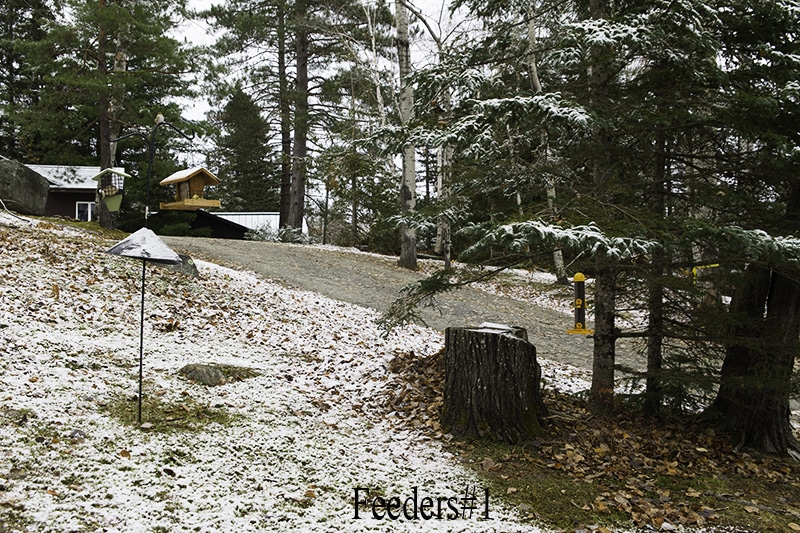
In photograph Feeders #1 (ab0ve), birds visiting my yard come to the feeders on the shepherd’s hook and the yellow Nyjer seed feeder mostly from the right and left, and I position the camera accordingly. In that position, the sun rises on my right and moves behind me as the morning progresses.
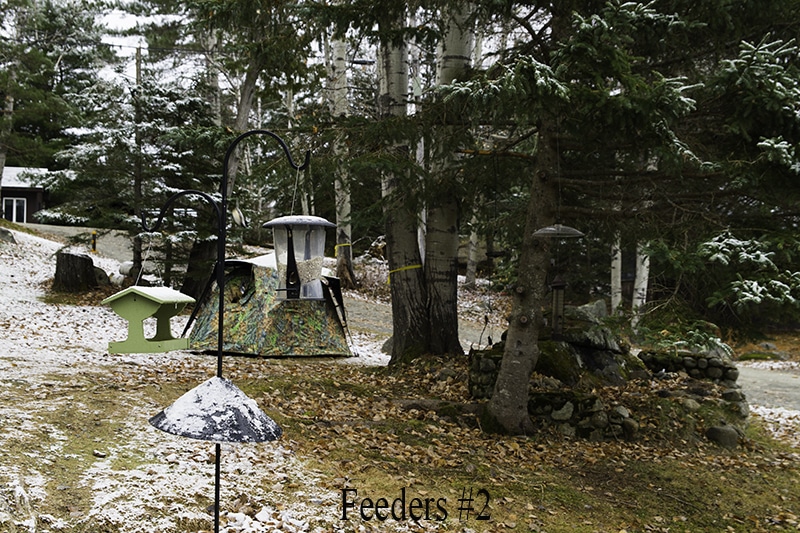
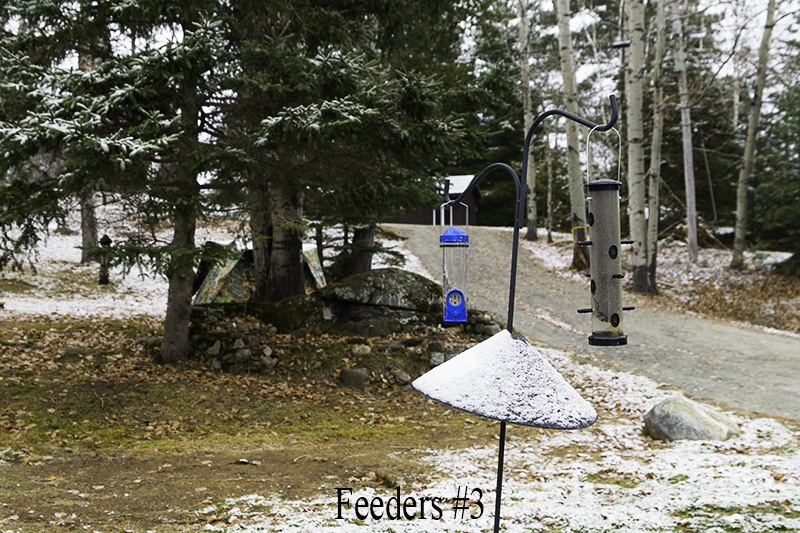
The feeders in photographs Feeders #2 and Feeders #3 are positioned to take advantage of both morning and afternoon light. The birds stage in the pine tree before coming into the feeders. In this location, I stand and wait for the birds. As long as I maintain a comfortable distance, the birds will come and go as they get used to my being there.
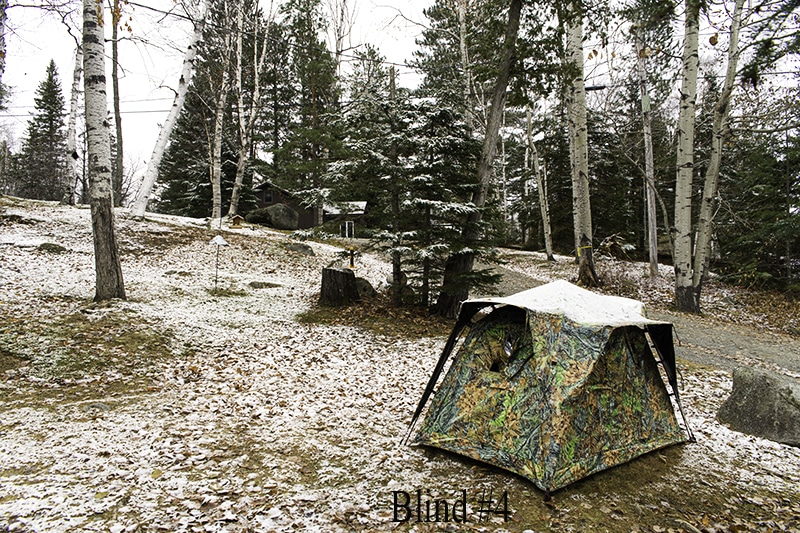
The other option is to use a blind. In photograph Blind #4 you can see one of my Tragopan blinds set up near my house. These blinds are useful when capturing images of ground-feeding birds such as any of the sparrow species and juncos. Blinds do have their limitations. Your view of anything above you is limited by having a cover over your head.
Another winter attractant for birds is a water supply. This means a heated birdbath the birds will use for drinking and bathing. Bear in mind there are cautionary tales about the detrimental effects of birds getting wet in winter. If you put out a heated bath, consider placing some stones the birds can land on to drink and stay dry.
